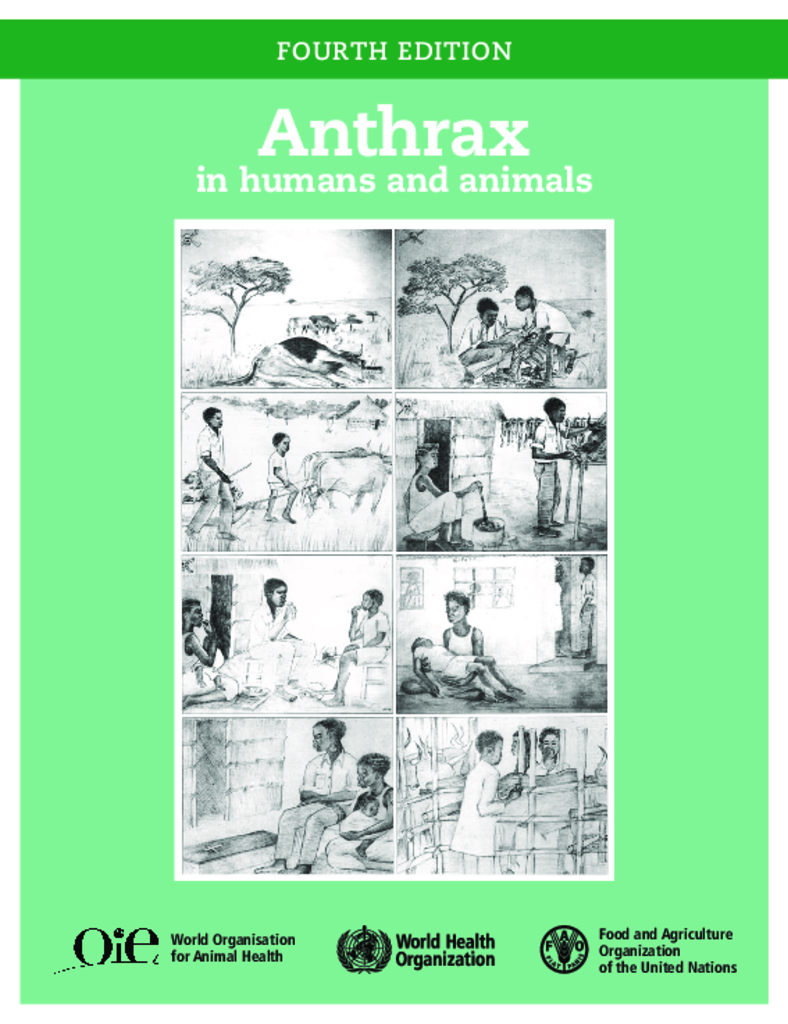
Anthrax in humans and animals
Global Health Security Capacities
Description
Anthrax essentially ceased to be regarded as a disease of major health or economic importance after the enormous successes of Max Sterne��s veterinary vaccine developed in the 1930s, and subsequent analogs in the former Soviet Union, in dramatically reducing the incidence of the disease in livestock throughout the world in the ensuing two decades. The 1980s saw a resurgence of interest in the disease, partly stimulated by a renewed focus on Bacillus anthracis, the agent of anthrax, as a potential agent for a biological weapon, after the largest reported outbreak of human inhalational anthrax that took place in 1979 in the city then called Sverdlovsk (now Ekaterinburg) in the former Soviet Union, and partly because of increasing recognition that anthrax had by no means ��gone away�� as a naturally occurring disease in animals and humans in many countries
